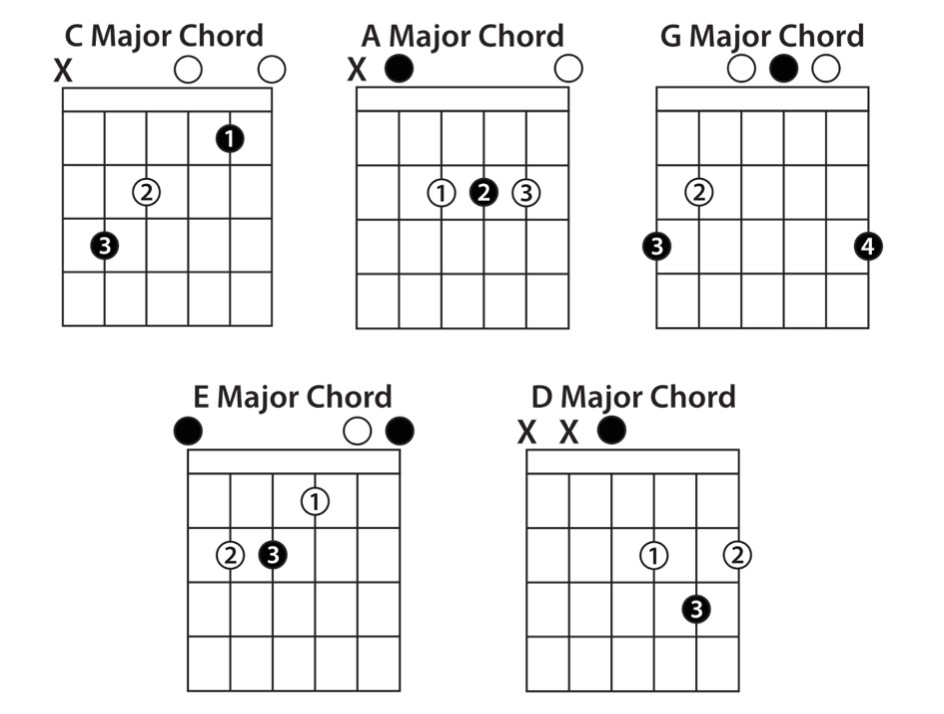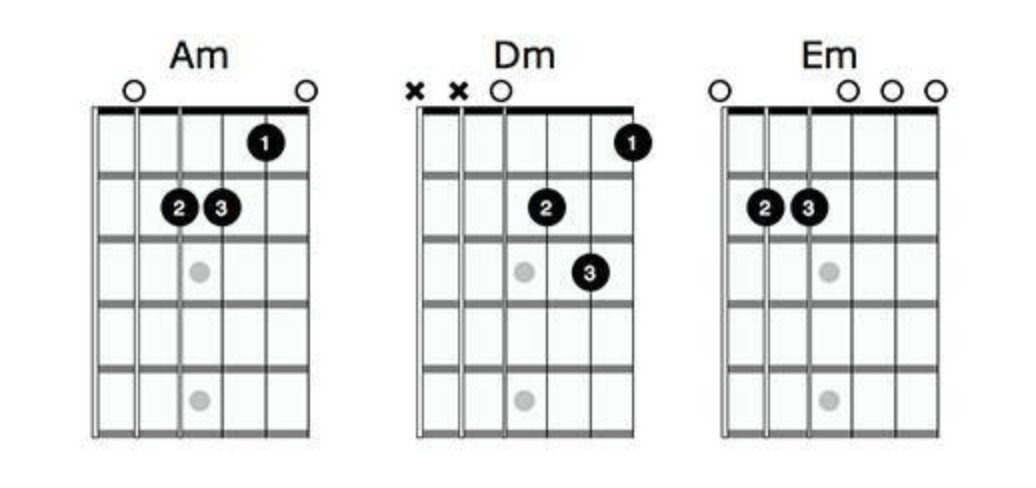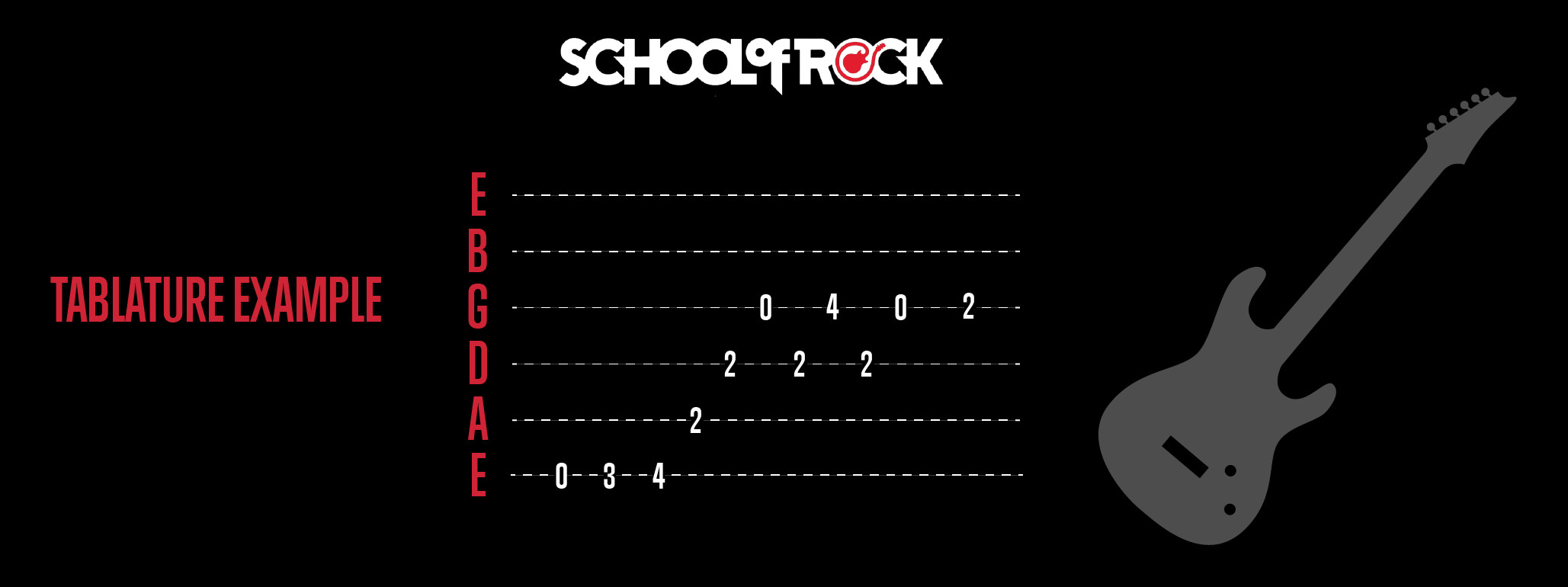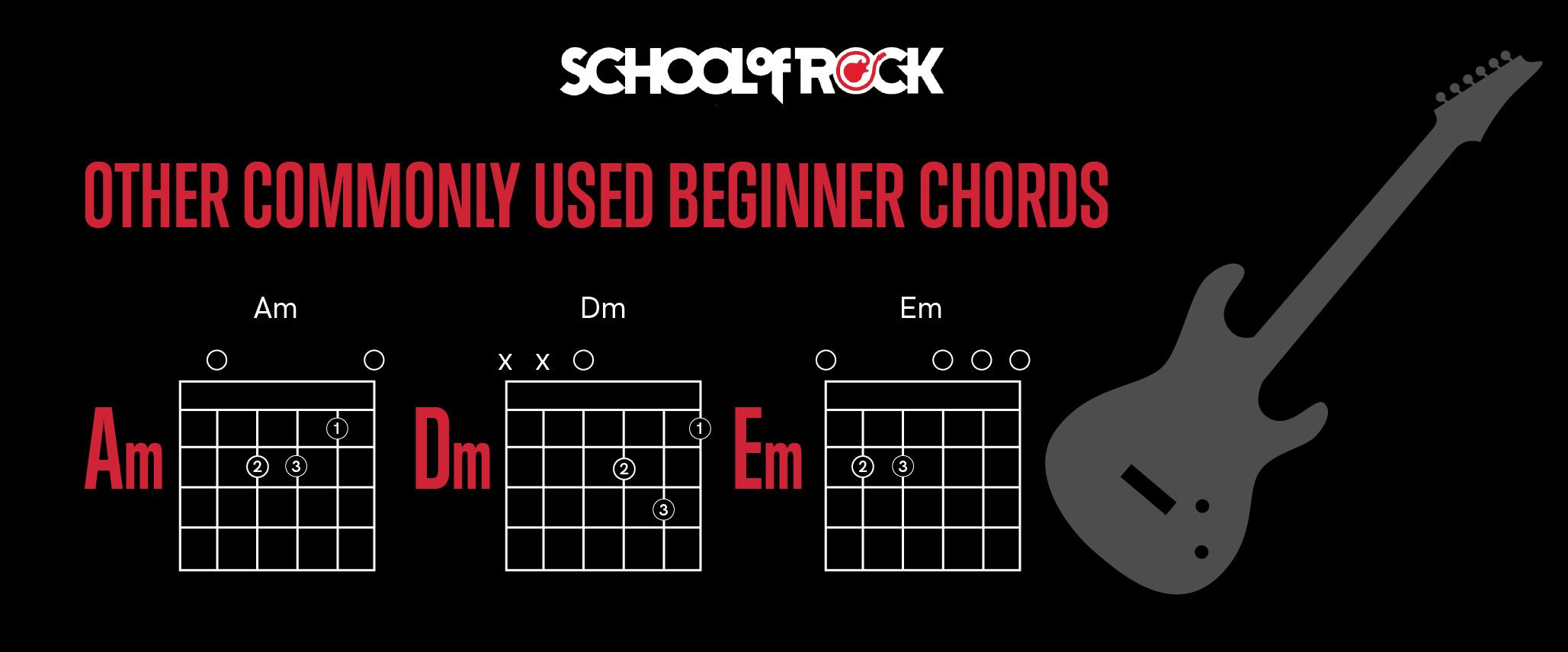Picking up a guitar for the first time is exciting, but the question quickly arises: “What do I play first?” Chords are often the initial step for aspiring guitarists. They are the building blocks of harmony, adding depth and rhythm to music. While drums and bass provide the beat and foundation, chords fill out the sonic landscape. If you’re a complete beginner, you might be wondering what the Simplest Chord On Guitar is to start with.
Understanding chords is essential for both rhythm and lead guitarists. Rhythm guitarists use chords for strumming and fingerpicking, creating harmonic accompaniment. Lead guitarists, while focusing on melodies and solos, also benefit from chord knowledge to understand music theory and create richer solos. If you’re just starting your guitar journey and haven’t yet chosen an instrument, resources like a guitar-buying guide can offer valuable advice.
Unveiling Basic Guitar Chords
Learning guitar chords can seem daunting initially because of the various types and ways to play them. However, breaking them down into categories makes the process much simpler. There are a few fundamental types of chords that beginners typically encounter.
Power Chords: Simplicity in Sound
Power chords are often among the very first chords taught at institutions like School of Rock, known for its performance-based teaching methods. Their popularity spans across genres like rock, classical, and modern music. What makes power chords beginner-friendly? They generally involve only two or three strings and frets. This reduced complexity makes them easier on the fingers and quicker to learn. Power chords are versatile and work well on any guitar type, but they are particularly favored on electric guitars. When played on an electric guitar with distortion, power chords gain a powerful, resonant quality that defines the mood of many rock and metal songs.
Open Chords: Embracing Open Strings
Open chords are another excellent starting point for beginners. As the name suggests, they incorporate open strings – strings that are played without being fretted. Similar to power chords, open chords often utilize fewer frets and fingers compared to more complex chord types, simplifying the learning curve. The key difference is that open chords typically use all six strings of the guitar, with some strings played “open” (no fingers on the frets). A common set of open chords that beginners learn are often referred to by the acronym CAGED. We’ll explore these essential chords and how to play them shortly.
Barre Chords: A Stepping Stone
Barre chords represent a different level of challenge compared to power and open chords. They are generally considered trickier for beginners. However, mastering barre chords unlocks significant versatility on the guitar. The beauty of barre chords lies in their movable nature. Once you learn a barre chord shape, you can slide it up and down the guitar neck to create different chords without changing the finger shape. This makes chord transitions potentially faster once you get the hang of it. The difficulty for beginners stems from the technique required: barre chords often involve using one finger (usually the index finger) to press down multiple strings across the same fret. While we won’t delve deeply into barre chords right now, understanding their existence is helpful as you progress.
Open Guitar Chords: CAGED and Beyond
Before diving into specific open chords, ensure your guitar is properly tuned. Playing in tune is crucial for developing your ear and making practice enjoyable. If tuning is new to you, resources like this guide to tuning a guitar can be very helpful.
 Open Guitar Chords for Beginners
Open Guitar Chords for Beginners
Let’s explore open chords, particularly the CAGED system. CAGED is a useful framework taught at School of Rock because many popular songs utilize these chords. Each letter in CAGED represents a major open chord: C, A, G, E, and D. Chord diagrams are the standard way to visualize and learn these chords.
Decoding Chord Diagrams
Chord diagrams are visual representations of guitar chords. They show you which strings to play, which frets to press, and which fingers to use. Diagrams are typically read horizontally. The top line represents the thickest string (low E string), and the bottom line is the thinnest string (high E string), mimicking the guitar held upright.
- “x”: An “x” above a string indicates a muted string – it should not be played.
- “o”: An “o” above a string represents an open string – play the string without fretting any notes.
- Numbers on the frets: Numbers within the diagram indicate which finger to use: 1 (index finger), 2 (middle finger), 3 (ring finger), and 4 (pinky finger). The position of the numbers vertically indicates the fret. The topmost row of numbers corresponds to the first fret, and so on.
For example, in the A Major chord diagram, all the numbered dots are on the second fret. The diagram shows your index finger on the second fret of the D string, your middle finger on the second fret of the G string, and your ring finger on the second fret of the B string.
 Alt text: Chord diagram for the A major open guitar chord, showing finger positions on the second fret.
Alt text: Chord diagram for the A major open guitar chord, showing finger positions on the second fret.
Beyond CAGED, several other open chords are frequently used and are easy for beginners to learn.
 Alt text: Chord diagrams for additional beginner-friendly open guitar chords including D major, E minor, and G major.
Alt text: Chord diagrams for additional beginner-friendly open guitar chords including D major, E minor, and G major.
It’s important not to confuse chord diagrams with tablature (TAB). Tablature is another system for guitar notation, but it represents music differently. In tablature, the lines are read vertically, and they represent the guitar strings, with the bottom line being the low E string and the top line the high E string. Numbers on the lines indicate the fret to play on that string. “0” means an open string.
 Alt text: Example of guitar tablature showing numbers representing frets on each string.
Alt text: Example of guitar tablature showing numbers representing frets on each string.
Chord diagrams are invaluable tools because they not only show you how to form chords but also suggest efficient fingerings that facilitate smoother transitions between chords. Consistent practice will commit these shapes to muscle memory, eventually allowing you to play without relying on diagrams.
When learning new chords, keep these essential tips in mind:
- Fret Close to the Fret Wire: Position your fingers just behind the metal fret wires. This requires less pressure to produce a clear sound. Experiment with placing your finger in the middle of the fret or closer to the bar to find the sweet spot.
- Use Your Fingertips and Arch Your Fingers: Press down with your fingertips, keeping your fingers arched in a “C” shape. This ensures that only your fingertips touch the strings you intend to fret, avoiding accidental muting of adjacent strings.
- Play Each String Individually: After forming a chord, strum each string separately to check for clarity. If a string sounds muffled or buzzy, adjust your finger position until all notes ring clearly. This helps identify which finger might be causing issues.
- Practice Fretting and Unfretting: Practice lifting your fingers off the fretboard and then quickly reforming the chord shape. You can also hover your fingers just above the frets in the chord shape to build muscle memory and prepare for quick chord changes.
Songs to Play with Your First Chords
Now that you’ve learned some basic guitar chords, how can you put them into practice? Playing songs is the most engaging way to solidify your chord knowledge. Many popular songs are built around simple chord progressions, making them perfect for beginners. Here are a few examples using CAGED chords and some minor chords:
- “Sweet Home Alabama” by Lynyrd Skynyrd: This classic uses just three chords: C, G, and D, making it incredibly accessible for beginners.
- “Bad Moon Rising” by Creedence Clearwater Revival: In the key of D, this song also features a simple three-chord structure: G, D, and A.
- “Love Me Do” by The Beatles: This early Beatles hit is in the key of G and uses the chords G, C, and D.
- “Eleanor Rigby” by The Beatles: In the key of Em (E minor), this song primarily uses C and variations of Em.
- “Time Of Your Life” by Green Day: Originally in G, this song uses G, C, Cadd9, and D5 power chords. For simplicity, you can substitute the D5 power chord with a regular D major chord.
- “Island in the Sun” by Weezer: This song revolves around four chords: Em, Am, D, and G. The bridge section uses power chords, offering a chance to practice both open and power chords within one song.
- “Boulevard of Broken Dreams” by Green Day: In Fm, this song uses Em, G, D, and A. Power chords appear towards the end, providing another opportunity to practice both chord types.
More Popular Songs for Beginner Guitarists:
- “Hey There Delilah” by Plain White T’s
- “Hallelujah” by Leonard Cohen
- “Redemption Song” by Bob Marley
- “Smoke on the Water” by Deep Purple (main riff uses power chords)
- “Stairway to Heaven” by Led Zeppelin (opening section)
- “Hotel California” by Eagles (opening section)
Power Chords: Even Simpler?
Power chords are often considered even simpler than open chords, and they share some similarities with barre chords. Compared to open chords, power chords contain fewer notes, typically using fewer frets and strings. Let’s compare an A major chord and an A5 power chord to understand this better.
An A major chord consists of the notes A, C#, and E. An A5 power chord contains only A and E. The A major chord includes the root, third, and fifth of the A major scale, while the A5 power chord focuses on the root, fifth, and octave (which is also an A, the same as the root). Essentially, a power chord is a simplified version of a chord, omitting the third.
This absence of the third is significant: the third determines whether a chord is major or minor. Because power chords lack a third, they are neither major nor minor. This neutrality makes them incredibly versatile – they can often be used in place of either a major or minor chord within a song. Experiment by playing a song using both open chords and then power chords to hear the sonic difference.
Power chords are also easier to play than barre chords, although they share a structural similarity. Three-string power chords can even be played using a “barre” technique, where one finger presses down two strings on the same fret. Practicing barring two strings for power chords is an excellent stepping stone towards mastering full barre chords, which require barring across all six strings.
What musical styles are ideal for power chords? Classic rock and much of modern pop music heavily feature power chords. Beginner guitarists in School of Rock’s Rock 101 program often start with power chords due to their prevalence in rock music.
Here are some songs that utilize power chords and are great for practice:
- “Wild Thing” by The Troggs: Primarily uses A5, D5, and E5 power chords, with occasional G5 power chords.
- “Let It Be” by The Beatles: You can play this song with either open chords (C, G, Am, F) or power chords. Using C5, G5, and F5 power chords will create a rock-oriented version.
- “Rock and Roll” by Led Zeppelin: Features A5, D5, and E5 power chords, quintessential rock power chord progression.
- “I Love Rock and Roll” by Joan Jett: Driven by E5, A5, and B5 power chords, an iconic power chord anthem.
- “When I Come Around” by Green Day: This entire song is built upon power chords: F#5, C#5m, D#5, and B5.
- “Rockin’ In the Free World” by Neil Young: Begins with power chords (E5, D5, C5) and then transitions into a mix of open chords (Em, D, C) and their power chord counterparts.
 Other commonly used beginner guitar chords.
Other commonly used beginner guitar chords.
Taking Your Next Steps
Learning the simplest chord on guitar is just the beginning of an exciting musical journey. Are you ready to put these chords to use and explore further? Do you feel you could benefit from guided instruction? School of Rock offers private music lessons and various music programs designed to help you progress effectively. Programs like Rock 101 and the Performance program bridge the gap between private lessons and live performance, enabling beginners and intermediate players to learn songs and perform as part of a band. These programs foster musical growth, teamwork, and valuable life skills. Many of the songs mentioned in this article are part of the curriculum in these programs, helping students master open guitar chords, power chords, and music theory in a practical, engaging way. To discover more and find a School of Rock location near you, contact them today.
About the Author:
Miranda Morales is a guitar and keyboard instructor at School of Rock Easton in Pennsylvania.

